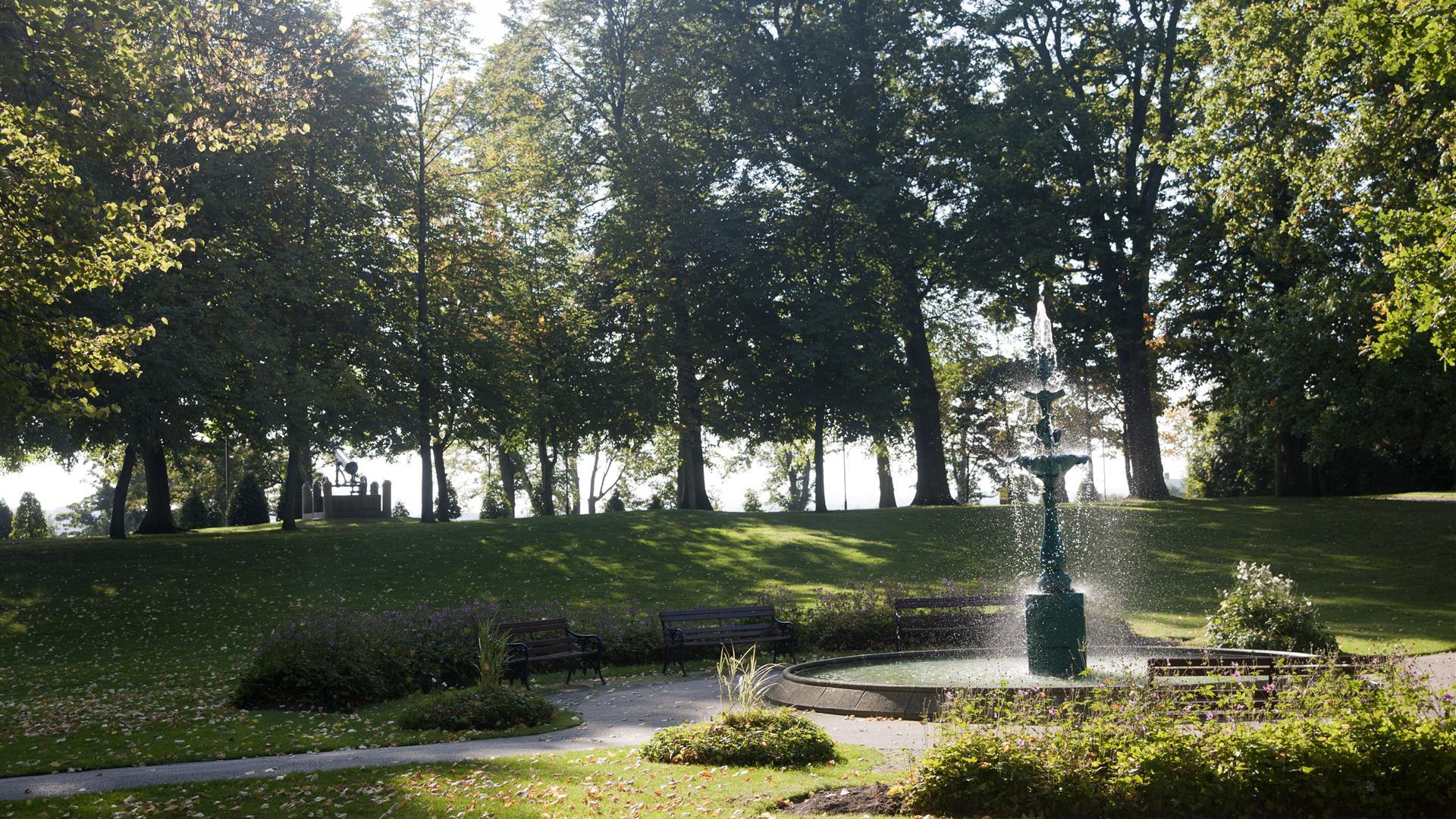Book Tickets Online
About
Castle Gardens is the most historically significant open space in Lisburn and was once the site of Lisburn Castle, a 17th century fortified manor house, built by the Conway family, the landlords of Lisburn. Upon the death of the last landlord, Sir Richard Wallace, and later his wife, Lady Wallace, the Gardens were gifted to the people of Lisburn by Lady Wallace’s heir, Sir John Murray Scott in 1903.
The upper 19th century gardens and the 17th century terraces were restored by Lisburn City Council, with grant aid from the Heritage Lottery Fund in June 2008. The World War II Air Raid shelter was also converted into an education centre, for school and community use as part of this restoration project.
Castle Gardens is a green oasis within the heart of Lisburn. The formal gardens are perfect for a relaxing walk or to sit and eat a packed lunch on your lunch break and connect with nature.
Mature trees provide a place for birds to nest and bats to roost. During the summer the trees will support a wide range of invertebrates, which are a food source for birds such as Blue Tit, Goldcrest, Treecreeper, Rook, Robin and Dunnock by day and bats such as Common Pipistrelle and Leisler's Bats at night.
During autumn and winter the berries of Ivy, Rowan, Dogwood, Hawthorn and Cotoneaster all provide an important source of food for birds such as resident Woodpigeon and Blackbird as well as Redwing and Fieldfare which both visit us from Scandanavia each autumn and winter.
Once every few years the winter in Scandanavia will be very harsh; this will force the beautiful Waxwing to migrate to our shores where it will visit Castle Gardens and other places where berries are plentiful.
Look closely along the old stone and brick walls of the terraced gardens and you will spot the lime-loving Hart's-tongue Fern and the creeping Ivy-leaved Toadflax growing from small gaps in the mortar.
Urban green spaces such as Castle Gardens are much more important than many people realise. For example, did you know that many trees are able to absorb toxic exhaust fumes that are produced from our cars? They essentially clean the air that we breathe. Lots of trees in our urban centres means that people are healthier and less likely to suffer from breathing complaints such as asthma, which are often triggered or made much worse by air pollution. Trees also help to absorb noise from busy roads and also provide shelter from the worst of the elements throughout the year.
Book Tickets
Facilities
Attraction Facilities
- Guided Tours Available
- Open Mondays
- Open Sundays
Establishment Features
- Accept coach parties
- Toilets
Provider Preferences
- Dogs Welcome Inside - must be on a lead
Guide Prices
| Ticket Type | Ticket Tariff |
|---|---|
| Ticket | Free |
Free garden access
Free guided tour with staff from the Irish Linen Centre and Lisburn Museum.


















